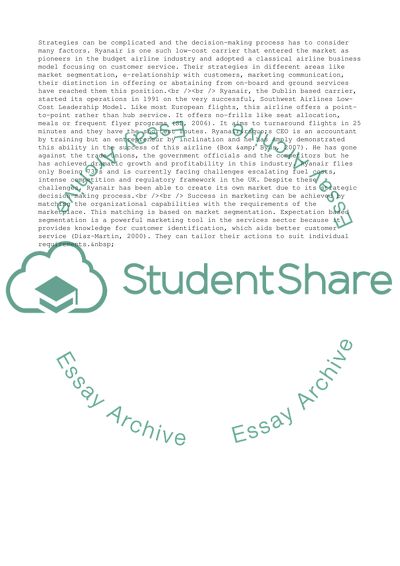Cite this document
(Business Management and Decision Making of Ryanair Case Study, n.d.)
Business Management and Decision Making of Ryanair Case Study. Retrieved from https://studentshare.org/business/1544697-business-management-decision-making
Business Management and Decision Making of Ryanair Case Study. Retrieved from https://studentshare.org/business/1544697-business-management-decision-making
(Business Management and Decision Making of Ryanair Case Study)
Business Management and Decision Making of Ryanair Case Study. https://studentshare.org/business/1544697-business-management-decision-making.
Business Management and Decision Making of Ryanair Case Study. https://studentshare.org/business/1544697-business-management-decision-making.
“Business Management and Decision Making of Ryanair Case Study”. https://studentshare.org/business/1544697-business-management-decision-making.


